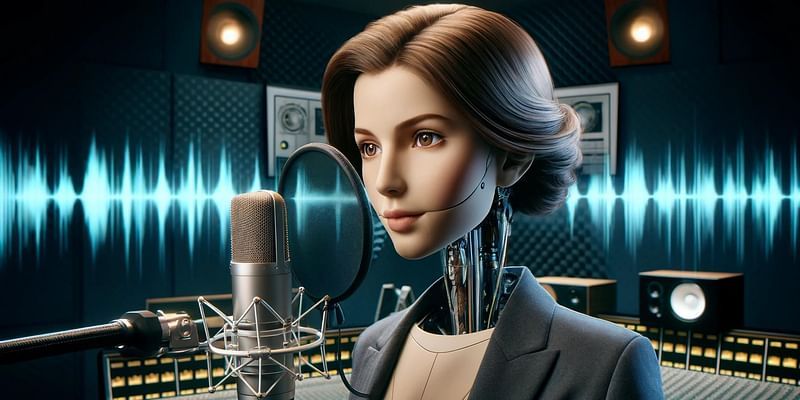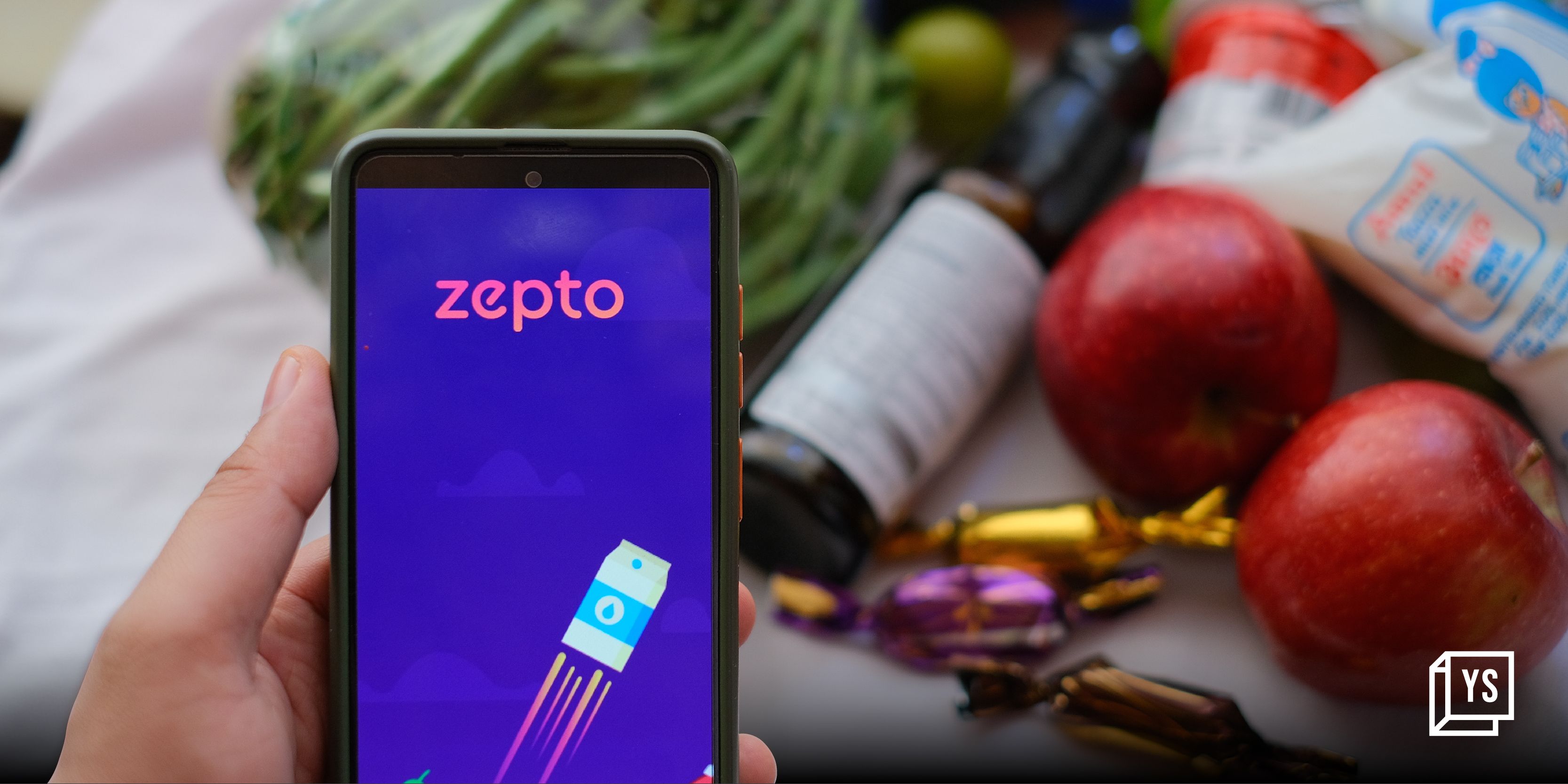OpenAI's Voice Engine with a Mimicry Twist: The Future of Synthetic Speech is Here
In this article, we'll deep-dive into the essence of the Voice Engine, explore its potential impacts, scrutinise the safety measures OpenAI has instituted and cast a speculative glance into the future of AI innovations. So buckle up!
Ready to listen to the latest innovation from OpenAI, appropriately named the "Voice Engine," promising to take synthetic speech synthesis to the next level? But this is not any ordinary robotic text-to-speech; OpenAI goes further with its "OPENAI" powers. Buckle up, word nerds, because we're entering the exciting space of AI-powered voices that can sound rather uncannily...well, human!
What is OpenAI's Voice Engine?
Imagine being able to create a lifelike voice narration for your audiobook in your voice, tone, and rhythm, a personalised voice assistant who can also sound like your favourite celebrity, or even craft educational materials with the captivating, dynamic voice of your favorite school teacher. That's the potential of OpenAI's Voice Engine. This powerful tool utilises machine learning to analyse small 15-second snippets of audio data, enabling it to synthesise speech that's not only clear but also remarkably human-sounding.
And the real kicker? This engine can mimic almost all voices. Ever dreamt of Akshay Kumar doing your grocery list? Well, this technology makes that possible (although, as we will see, there are probably going to be ethical guidelines related to that very issue of mimicry).
Who Stands to Benefit?
The applications of OpenAI's Voice Engine are as vast as your imagination. Here are just a few potential beneficiaries:
- Let's Change the Tune: Real-World Applications of OpenAI's Voice Engine: While the "celebrity narrator for your grocery list" idea is undeniably intriguing, OpenAI's Voice Engine has the potential to make a significant impact in some weighty areas. Here's how this technology can be a powerful tool for good:
- Empowering Non-Readers and Children: The use of AI-powered reading assistants for struggling readers and young learners carries various benefits. This way, Voice Engine allows the creation of individualised, delightful narration for educational content that will inspire learners to enjoy the process of learning and remove barriers to literacy.
- Breaking barriers with languages: the Esperanto effect: Imagine seamlessly translating video lectures, documentaries, or audiobooks into different languages while preserving the original speaker's voice and tone. Voice Engine has the potential to revolutionise global content accessibility and understanding. It also means that content creators and businesses can use this technology to reach new audiences across the world, thus furthering a truly global conversation.
- Reaching Global Communities: Language is a powerful tool for education and communication. Voice Engine can bridge the gap by creating culturally relevant educational and informational content in local languages, even where resources might be limited. This can empower communities and foster global connections.
- Empower the Voiceless: This technology can help the voiceless have amazing opportunities in their lives. The chance for them to develop a non-robotic voice created for communication would empower even more independence, and better expression, and lower the chances of social exclusion. Such can also be used therapeutically among groups working to regain speaking ability that had been lost.
- Recovery and Rehabilitation Aid: Voice Engine can be used as an aid in the recovery of patients suffering from various conditions that affect speech. Imagine creating personalised speech therapy exercises or crafting communication tools tailored to individual needs.
A Cloak of Safety

OpenAI acknowledges the potential dangers of generating voices that mimic real people, especially during an election year. To mitigate these risks, they've taken a multi-pronged approach:
- OpenAI partners with several collaborators, engaging with them to elicit feedback on how the technology should be developed responsibly, including government officials, media representatives, and educators.
- Current testers of Voice Engine are bound by strict usage guidelines. These policies prohibit impersonating individuals or organisations without proper consent and require clear disclosure to audiences that the voices are AI-generated. Additionally, explicit consent from the original speaker for voice use is mandatory. OpenAI itself restricts the ability of individual users to create their voices within the platform.
- OpenAI is concerned, indeed, with the responsible use of the technology by taking up some of the initiatives. The company tends to watermark the audio produced through Voice Engine to trace its origin, in addition to actively monitoring the use of the tool.
- OpenAI foresees a future where synthetic voice technology will be deployed with strong mechanisms for voice authentication—ensuring the contribution of a voice from its original speaker knowingly, without allowing a plethora of voices mimicking equally well-famous personalities that could be used for some ill purposes.
The Future Sounds Bright: The Road Ahead for AI-powered Speech
OpenAI's Voice Engine is just the first chapter in the ever-evolving story of AI-powered speech. As the technology continues to progress in the future, even more amazing frontiers from real-time voice translation to speech synthesis controlling every possible emotion will be evident. However, ethical considerations around privacy, voice ownership, and potential misuse remain crucial. The future of synthetic speech promises to be fascinating (and perhaps a little vocally mind-bending). OpenAI's Voice Engine is further evidence that these improvements are not stopping at all in the world of AI, and they can make human lives pretty wonderful if handled responsibly. Next time you find yourself drawn into the voice-over of an advertisement or the very real-sounding AI assistant, just remember: the future of voice might sound kind of familiar.
Edited by Rahul Bansal











